I'm trying to draw a plot that colors on two variables (a factor and an intensity). I would like each factor to be a different color, and I want the intensity to be a gradient between white and that color.
So far I've used techniques like facetting on the factor, setting color to be the interaction between the two variables, and setting color to the factor and alpha to intensity to approximate what I would like. However, I still feel like a gradient between white and the full color on one plot would represent this best.
Does anyone know how to do this without custom creating all of the color gradients and just setting them? In addition, is there a way to do it such that the legend works as if the graph was using color and alpha versus listing all of the colors as it does when setting color to the interaction?
So far I've tried:
ggplot(diamonds, aes(carat, price, color=color, alpha=cut)) +
geom_point()
ggplot(diamonds, aes(carat, price, color=interaction(color, cut))) +
geom_point()
ggplot(diamonds, aes(carat, price, color=color)) +
geom_point() +
facet_wrap(~cut)
What I'm trying to achieve is something that looks most like the graph using alpha, but instead of transparency, I would like a gradient between white and that color. In addition, I would like the legend to look like the one using color and alpha rather than the legend from for example the interaction plot.
